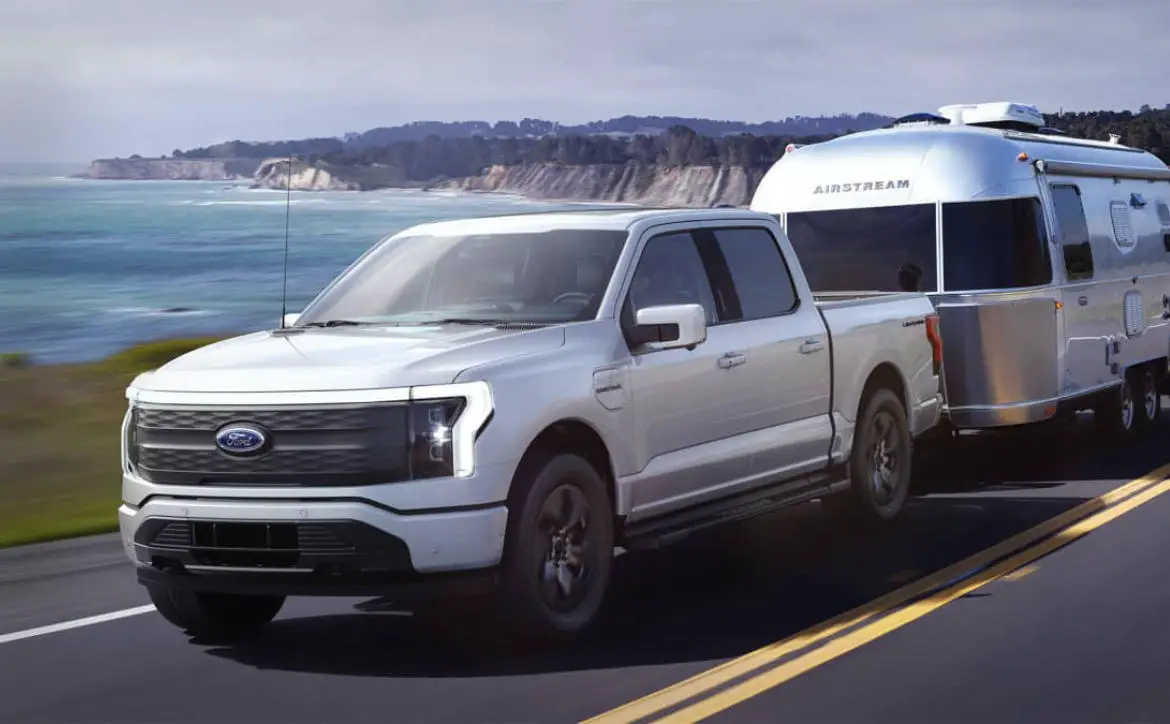A broad spectrum of industries has been subject to incredible innovation in recent years. The Internet of Things has changed the way people interact with their home appliances, the way they think about exercise, and more. Transportation is changing, too.
The amount of information that’s available and the speed at which it can be delivered has created new and exciting opportunities. Modern companies are jumping at the chance to revolutionize how people and goods are transported.
That said, technology is not the only driver of change. Consumer demand creates pressure for businesses to offer products and services that are more environmentally friendly, convenient and widely accessible. Transportation technology will continue to become more advanced and to keep pace with changing expectations.
So, what tech trends that will shape the future of the transportation and logistics industry?
Electric Vehicles More Fully Enter the Market
Electric vehicles experienced incredible sales growth in 2020, a trend that will likely continue into 2021 and beyond. Many manufacturers have announced new models of electric vehicles for 2021, including Ford, BMW, Chevrolet, and Nissan.
The options available in the consumer electric vehicle market are increasing not just in number but in diversity as well. New models cover the three major vehicle categories, cars, trucks and SUVs. This more comprehensive variety of options will help electric vehicles reach a broader market.
The surging popularity of electric vehicles is not limited to automobiles. Electric bicycles, commonly called e-bikes, have become increasingly popular over the last several years in part due to dramatic reductions in production costs.
Many commuters have found them to be an excellent alternative to cars for short and mid-distance travel. Over 400,000 e-bikes were sold in the US last year, and over 130 million are expected to be sold between 2020 and 2023.
Commercial markets have embraced electric vehicles as well. Major shipping companies, including DHL and UPS, have begun the transition to eclectic-powered fleets. The push for electric vehicles goes beyond grounded transit.
Airbus announced a push towards zero-emission flight in 2010, a mission it has made great strides towards. In 2019 Airbus opened a test facility dedicated to alternative-propulsion systems in Ottobrunn, Germany. In 2021, they launched the first electric airplane race.

Expansion of AI Applications in Transportation
Artificial intelligence empowered by machine learning and the Internet of Things has been reshaping many industries, and transportation is no exception. The applications of artificial intelligence go beyond the development of autonomous vehicles.
Increased access to sensors and communication technologies allows for collecting, analyzing and sharing information at levels never seen before. Access to this information can increase transportation efficiency at the consumer and commercial levels.
Real time transit data can improve public transit. People with access to such data spend 15% less time waiting for buses. These improved efficiencies benefit city governments as well. Access to real time transit data increases ridership and revenue for public transit services.
The availability of real time data has given rise to a new form of public transportation, microtransit. Microtranist is a hybrid of the traditional models of fixed-route transit and ride-hailing. With micro-transit routes can change flexibly in response to demand and traffic patterns. Microtransit offers a means to increase accessibility and reduce traffic congestion.
Artificial intelligence also has application in the transportation of commercial goods. Logistics companies have been leveraging internet of things technology and artificial intelligence to improve fleet management.
Companies like Transmetrics use historical data and predictive analytics to improve operational efficiencies and reduce transportation costs. Big data and AI is doing more than just reducing costs. It’s helping to save lives by using predictive analytics to reduce the risk of accidents.
Improved Accessibility and Infrastructure
Historically, low-income and minority communities suffer from reduced accessibility to transportation. Technology advancements coupled with the increased public interest in equity and changes in government policy are likely to reduce this gap over time.
The National Academies of Sciences, Engineering, and Medicine is one of many organizations working to address this inequity. The Impact of Transformational Technologies on Underserved Populations project seeks to gather the necessary data to create actionable policy guidelines to achieve transportation equity and mobility inclusion. This project is expected to be complete in November 2021.
The United States government has already taken steps to create more accessible transportation for underserved communities. The Complete Trip – ITS4US Deployment Program, an initiative of the U.S. Department of Transportation, has awarded over $38 million for organizations to complete projects to make transportation more affordable and easily accessible.
Moving Forward
Transportation is continuing to evolve in response to advances in technology and cultural trends. Increasing city populations and consumer demand for last-mile delivery necessitate transportation to become more efficient over time.
Advances in computing technology enable more sophisticated planning and decision-making in transportation that will continue to progress as companies strive for a competitive advantage. Similarly, technology will continue to adapt to increased societal pressure for environmentally friendly and widely accessible transportation options.










